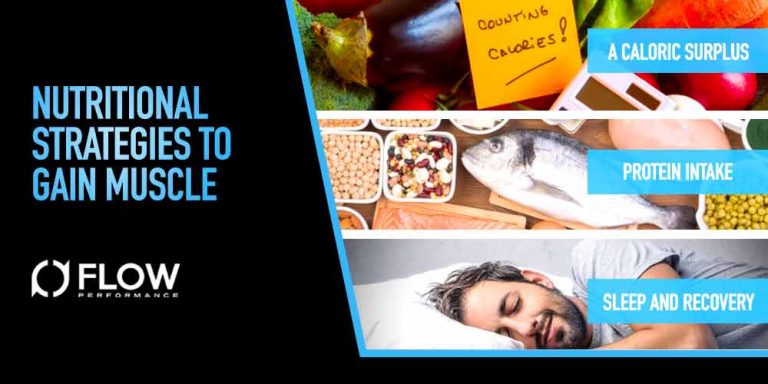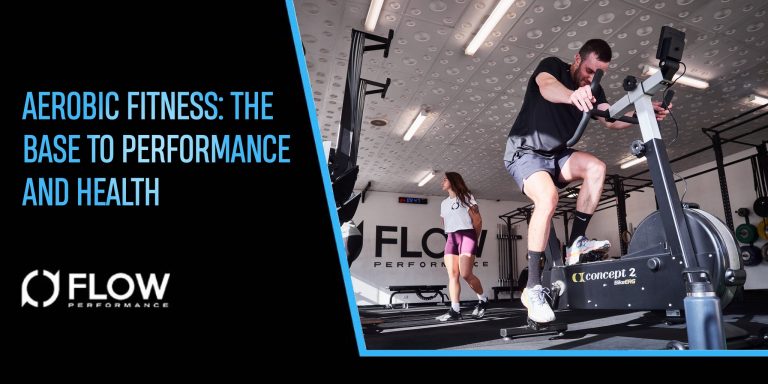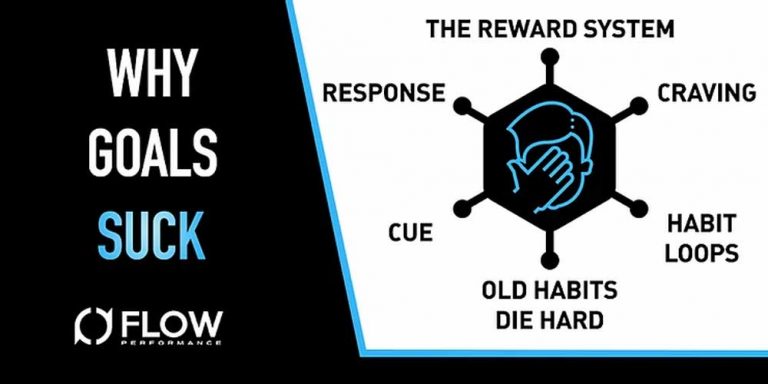Have you ever woken up the day after a workout feeling so sore that you think you may have strained something? This is extremely common but often no cause for alarm! In this article, I am going to discuss what that pain can be and how to differentiate between soreness from your workout and an actual injury!
There are so many benefits to exercising that go way beyond just the physical. It helps improve your mental health and can help with sleep, stress, as well as aiding in reducing chronic health conditions such as heart disease, diabetes and more!
Although there are plenty of benefits, it does come with one particular downside… Delayed Onset Muscle Soreness (or DOMS for short) which is the name of the pain you feel when you’re trying to sit down on the toilet the day after heavy squats!
So how do we differentiate between DOMS and when we’ve actually injured ourselves, especially when we feel DOMS as being quite painful?
First of all, what exactly are DOMS?
When we apply too much stress to a muscle from lifting heavy or for a long period of time, micro-tears occur, which is what DOMS are. These micro-tears are repaired which results in us building more muscle and becoming stronger over time. The pain we feel from DOMS usually starts anywhere from 2 to 48 hours after completing the exercise, however the pain usually peaks around the 36-48 hour mark. It is totally normal and no cause for alarm. An injury, on the other hand, will usually be felt immediately!
You’ll also find that with DOMS, even in the most extreme case of discomfort lasting several days, the discomfort will lessen and subside with time. If you have injured yourself, the pain generally will not start to get better until after a week or maybe even more depending on the severity. If you are performing an exercise and you feel a sudden or sharp pain, this is generally a good indicator that an injury has occurred and you should stop exercising immediately, do not try and push through the pain!
What can you do to help when you find yourself experiencing DOMS?
A great first step is to check your protein intake. Protein is the building block of our muscles and assists in repairing those micro-tears we discussed earlier. Ensure you’re eating enough protein to help your muscles repair and build! The next step is to incorporate some active recovery like walking, stretching or even pool walking. Keeping blood flowing through the muscles by walking or doing light movement supplies those muscles with fresh oxygen and helps to assist carrying the waste products out. If you feel as though your muscles are quite tight, setting aside 10 minutes in your day to do some gentle stretching can really help to ease that feeling of stiffness and discomfort!
A common area where people mistake DOMS for injury is the lower back. This area is one that causes a lot of alarm whenever discomfort is felt, however most of the time the discomfort experienced is just from using your lower back muscles (a muscle group that, in my opinion, should be trained in isolation more) and is not actually an indication of injury.
It is completely normal to feel some discomfort and soreness post workout. It’s only if that pain comes on instantly whilst you’re lifting/moving and lasts longer than a week that I would say there is a cause for concern! If you do deadlifts and wake up with a tight or sore lower back the next day, chances are you have not tweaked your lower back but have just worked those muscles more than they are used to! Get yourself up and moving and the pain will begin to subside!




